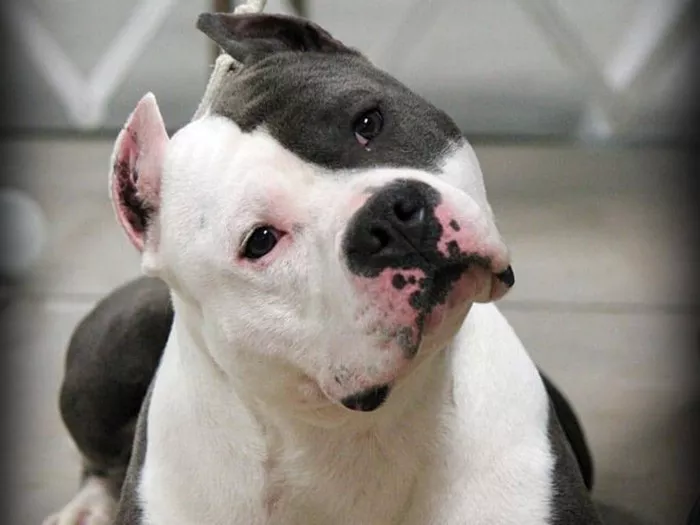Ahhh, October! Depending on where you live, you may already be enjoying what many hunters consider the best month of the year, or you might be gearing up for a new season filled with hope. It’s finally time to trade in practice sessions for the real game.
With the new season comes highs and lows, victories and setbacks, challenges and opportunities. My advice is to view your hunting season not just through the eyes of a hunter but also as a retriever trainer. You and your dog will learn valuable lessons that will make future seasons even more successful. Here are three key focus areas if you’re ready to embrace this educational approach.
Considering a Dog’s Age When Hunting
In the heat of the hunt, things can go awry. Your dog might take off after a running rooster, its tail wagging as it disappears over the horizon. Alternatively, your retriever could drop a bird it was retrieving in excitement.
When faced with such situations, it’s crucial to assess your dog’s age and experience. If you have a young dog in its first season, resist the urge to overcorrect. Prioritize ensuring your retriever remains excited about finding birds. It’s easier to rein in a high-spirited dog than to encourage a timid one to hunt more aggressively. When in doubt, allow some leeway.
However, this leniency has a limit. A retriever in its third or fourth season that still causes issues requires correction. By that age, your dog should have developed the necessary skills. How you address problems in the field will likely not impact an older dog’s drive significantly. Many issues should have been addressed during the off-season, which I’ll elaborate on below.
If you find yourself dealing with an out-of-control dog, consider whether this situation is a result of your own training methods.
What Dog Behaviors Should Be Corrected?
With the wealth of training resources available today, there’s no excuse for allowing a problematic dog to ruin a hunt. If your dog ranges too far, ignores commands, or generally disregards your presence, it typically means you haven’t dedicated enough time to teaching commands or have been too lenient in reinforcing them.
Yelling at a dog acting out may provide a momentary sense of relief, especially in front of your friends, but it’s vital to reflect on how these issues developed. The solution often lies in the mirror.
When someone asks, “How do I correct problems when hunting?” they seek a simple answer to a complex situation. Remember, you cannot correct behaviors you haven’t trained for. If you’ve spent the summer allowing your dog to run freely during exercise walks, it’s unfair to expect it to behave correctly when hunting.
For example, if your dog bolts 50 yards away during a pheasant hunt, reaching for the e-collar is tempting. However, this approach risks confusing your dog and could lead to it shutting down. You cannot correct behavior that wasn’t addressed in training.
As you plan your hunting season, ensure your dog is trained for specific situations. Your dog should come when called, sit on command, and stay within gun range. These behaviors are instilled through obedience training.
To address problems while hunting, apply the same corrections you would in training. If you didn’t correct behaviors during training, it’s time to own that issue. Focus on obedience training and hunting simulations in the off-season to improve your dog’s performance next fall.
Handling a Dog While Group Hunting
Hunting with multiple gunners and their dogs can lead to challenges, particularly if the dogs aren’t accustomed to sharing space. A young dog may become distracted by its companions, preferring to chase them rather than hunt. While this can be frustrating, it usually poses no significant risk. If your retriever is eager and focused on flushing birds, it will likely return to the task at hand.
The real concern arises when multiple dogs in the group display overly competitive behaviors. It’s common for one dog to dominate another, cutting it off from a bird or maintaining a lead during a chase. Instead of a controlled hunt, the day can devolve into a contest of who can push the limits the farthest.
Things can become particularly tense if one or more dogs have never learned to honor another dog’s retrieve. If a dominant dog bullies another trying to retrieve a bird, it creates stress for all hunters involved. Avoid being the hunter whose dog exhibits such behavior.
Conversely, a passive, well-behaved dog might miss opportunities to retrieve if a more dominant dog takes charge. If this occurs, you may not have any training issues to address. Instead, consider finding some space away from the group. Hunt along the edge of the field or explore smaller pockets of cover independently. Your dog should have the chance to build confidence through successful retrieves, regardless of the behavior of other dogs.
Problems will inevitably arise during hunting season. Be honest about their origins and treat your dog fairly when addressing them. Regardless of your retriever’s age or experience, the quality of your October—and the months that follow—will reflect your preparations.
Related topics:
Incher Dominates at Eugowra Show Yard Dog Trials
The Unbreakable Bond: Why My Dog Is My Best Friend
Dog Trainer Highlights Common Mistake Owners Make in Training


